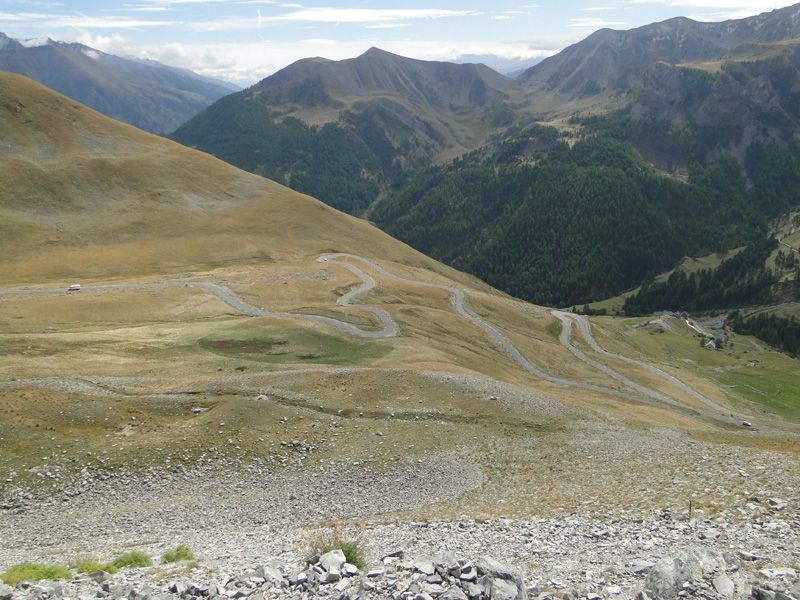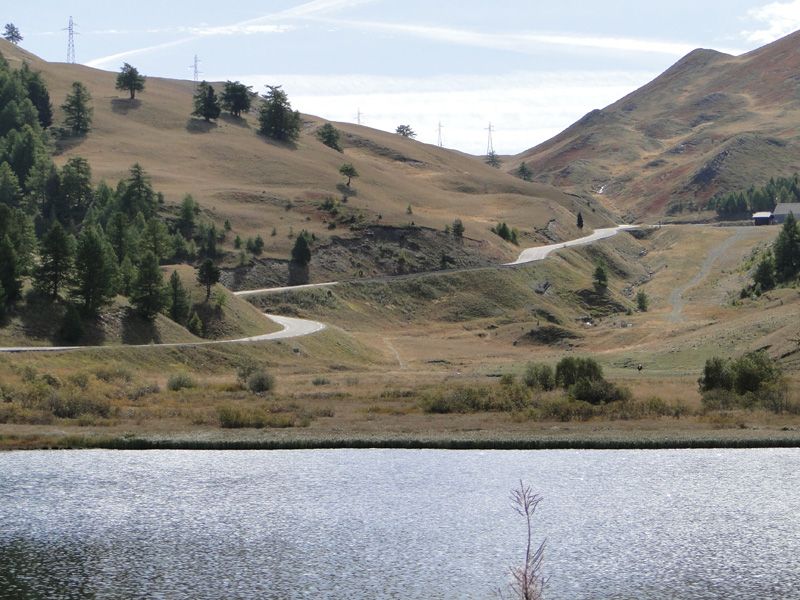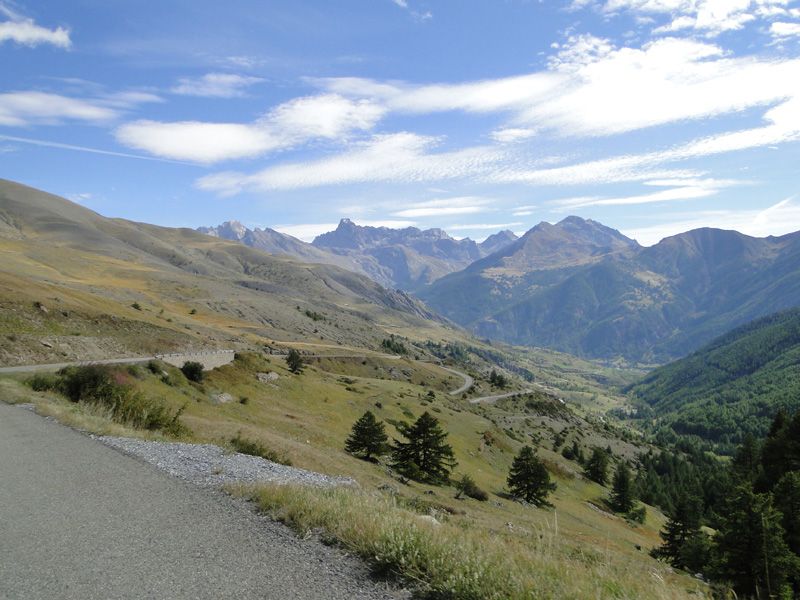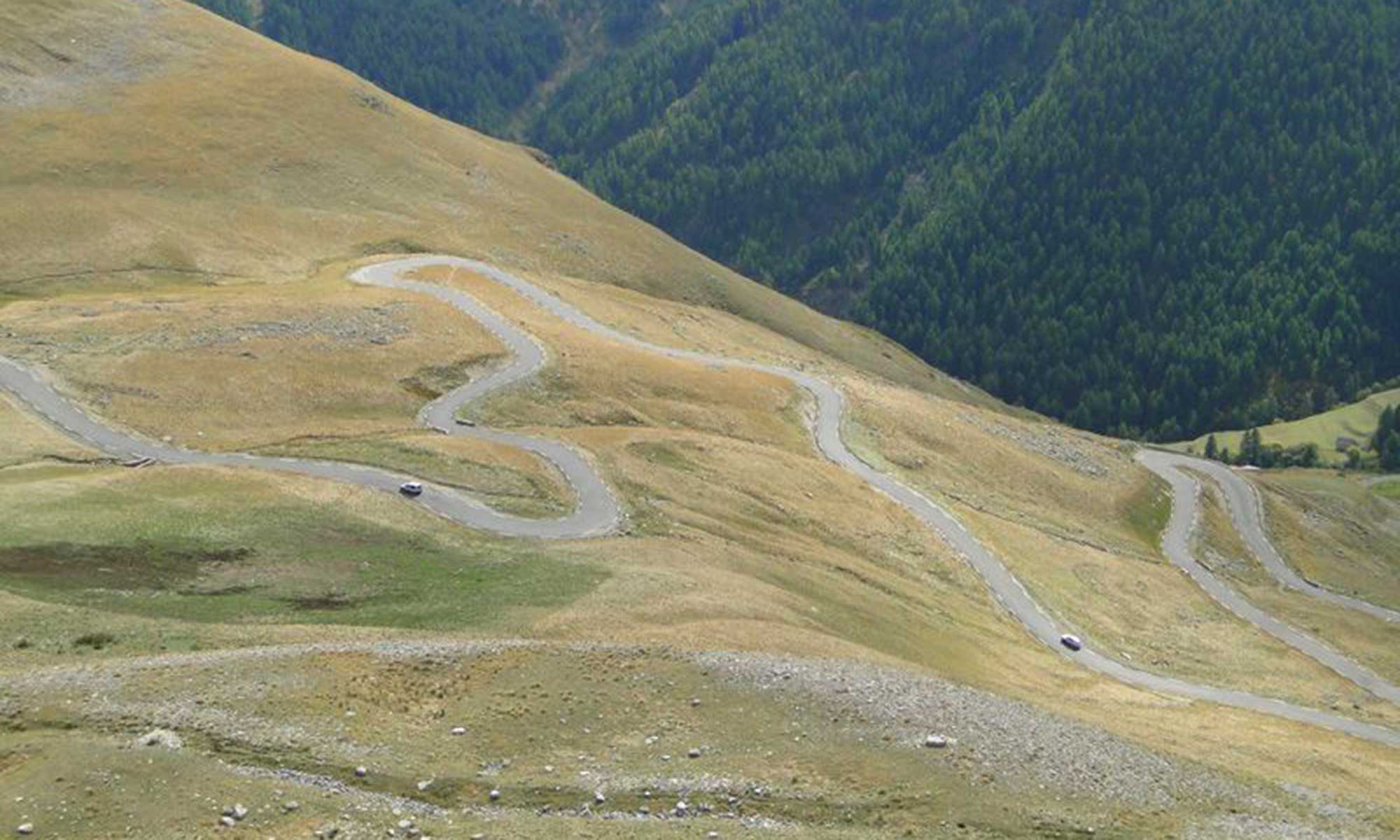View All Blog Articles View Tours
Col de la Bonette: A Driver’s Guide to One of Europe’s Highest Roads
Soaring high into the clouds in the French Alps, the Col de la Bonette is a legend among driving enthusiasts. It’s a road of breathtaking scale, raw mountain beauty, and epic hairpin bends. But it’s best known for its audacious claim: to be the “highest road in Europe.” This guide will take you through everything you need to know to conquer this incredible route.


The Ascent: A Journey from Green Valleys to a Lunar Landscape
The Col de la Bonette is a mountain pass that connects the Tinée and Ubaye valleys. The classic route is a 42km stretch between Saint-Etienne-de-Tinée in the south and Jausiers in the north.
What makes this drive so spectacular is the dramatic transformation of the scenery. The initial climb winds its way up from lush green meadows and Alpine forests. The road here is surprisingly smooth, a testament to its frequent use in the Tour de France. As you gain altitude, the trees begin to disappear, replaced by a stark, almost lunar landscape of barren rock and scree slopes. The air becomes thinner, and the sheer scale of the Mercantour National Park unfolds around you.


Reaching the Summit: 2,802 Metres of Breathtaking Views
While the pass itself (the ‘col’) sits at 2,715 metres, a final, dramatic loop of road encircles the Cime de la Bonette peak. This is what takes you to the dizzying altitude of 2,802 metres (9,193 feet).
From the top, the panoramic view is simply one of the most stunning in Europe. On a clear day, you are rewarded with a 360-degree vista of countless Alpine peaks stretching across France and into Italy. It’s a moment of pure driving achievement, marked by a plaque that confirms you’ve made it.
The descent is just as thrilling. From the summit, you can see the road snaking down the mountainside for the next five kilometres, looking more like a private racetrack than a public road.

The “Highest Road” Debate: Is It True?
You’ll see signs proudly proclaiming the Col de la Bonette as the “highest road in Europe,” but is it? The answer is a matter of definition.
While the two-kilometre scenic loop around the Cime de la Bonette reaches 2,802 metres, making it the highest paved through-road in Europe, other roads reach higher altitudes. The Col de l’Iseran is a higher pass, and dead-end roads in Austria and Spain climb even further. However, for a continuous, paved route that takes you up, over, and down the other side, the Bonette reigns supreme in France and is a true giant of the Alps.
Tips for Driving the Col de la Bonette
-
When to Go: The pass is typically open from June to mid-October, but this can change depending on snowfall. Always check local road information (like
inforoutes06.fr) before you travel. -
Be Prepared: The weather can change in an instant at this altitude. Even on a warm day, it can be cold and windy at the summit.
-
Road Conditions: The road is generally well-maintained, but it can be narrow in places with no centre line. Always be aware of oncoming traffic, especially cyclists who flock to this iconic climb.
-
Take Your Time: This is not a road to be rushed. Allow plenty of time to stop, take photos, and simply soak in the incredible atmosphere.
Experience the Col de la Bonette with Ultimate Drives
The Col de la Bonette is more than just a road; it’s a true automotive adventure. It’s a fantastic test of driving skill that rewards you with an unparalleled sense of accomplishment.
If you’re ready to experience this and other incredible roads in the French Alps, explore our Mont Blanc to Monte Carlo Tour, which features the Col de la Bonette as a highlight of the journey.
Col de la Bonette: Frequently Asked Questions
Q: Where is the Col de la Bonette? A: The Col de la Bonette is located in the French Alps, within the Mercantour National Park, connecting the towns of Saint-Etienne-de-Tinée and Jausiers.
Q: How high is the Col de la Bonette? A: The pass itself is at 2,715 metres, but a scenic loop at the top reaches 2,802 metres (9,193 feet), making it one of the highest paved roads in Europe.
Q: Is the Col de la Bonette dangerous to drive? A: While it requires concentration due to its hairpin bends and narrow sections, the road is well-surfaced and not considered overly dangerous in normal summer conditions. Standard mountain driving precautions should be taken.

